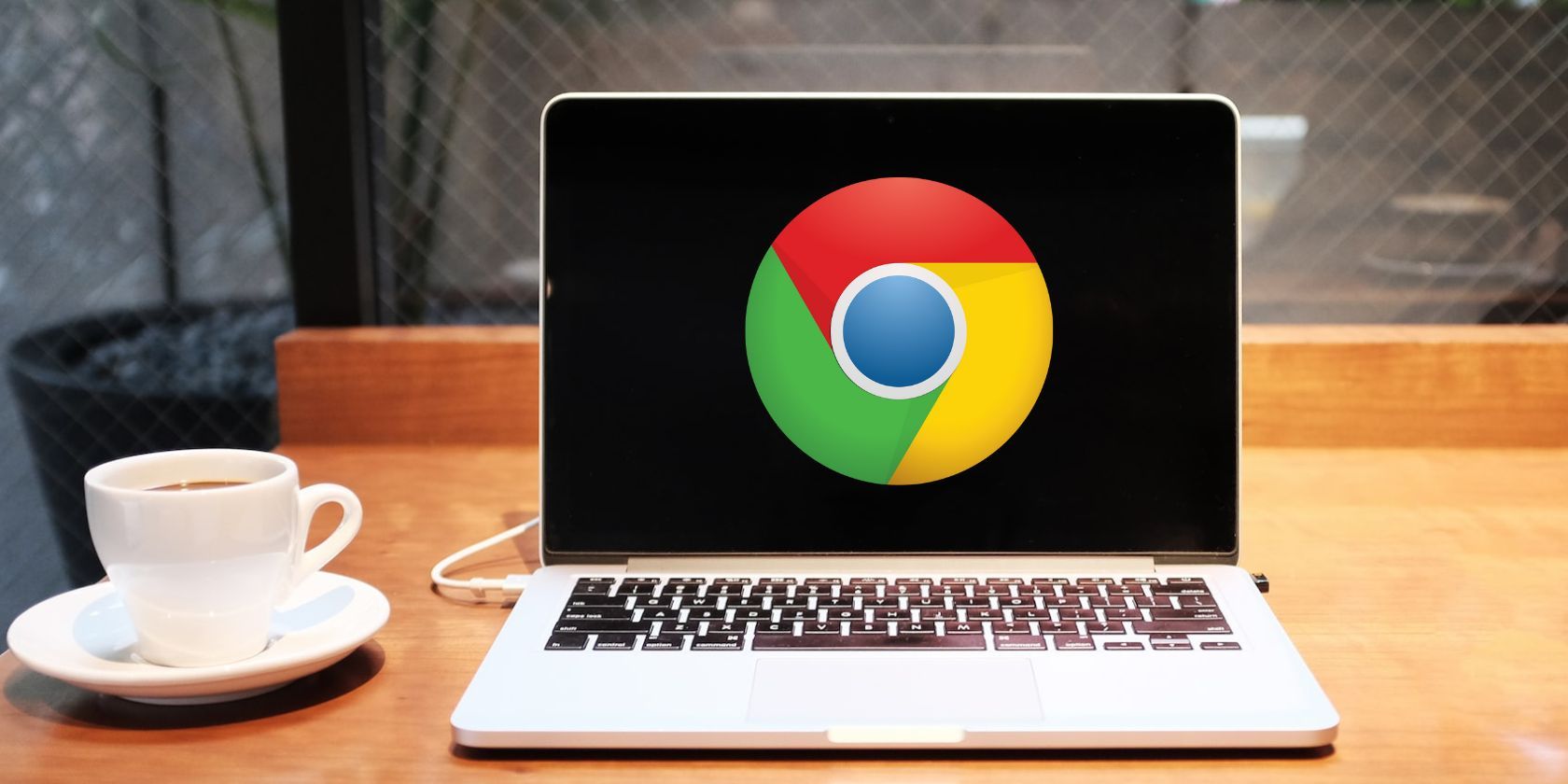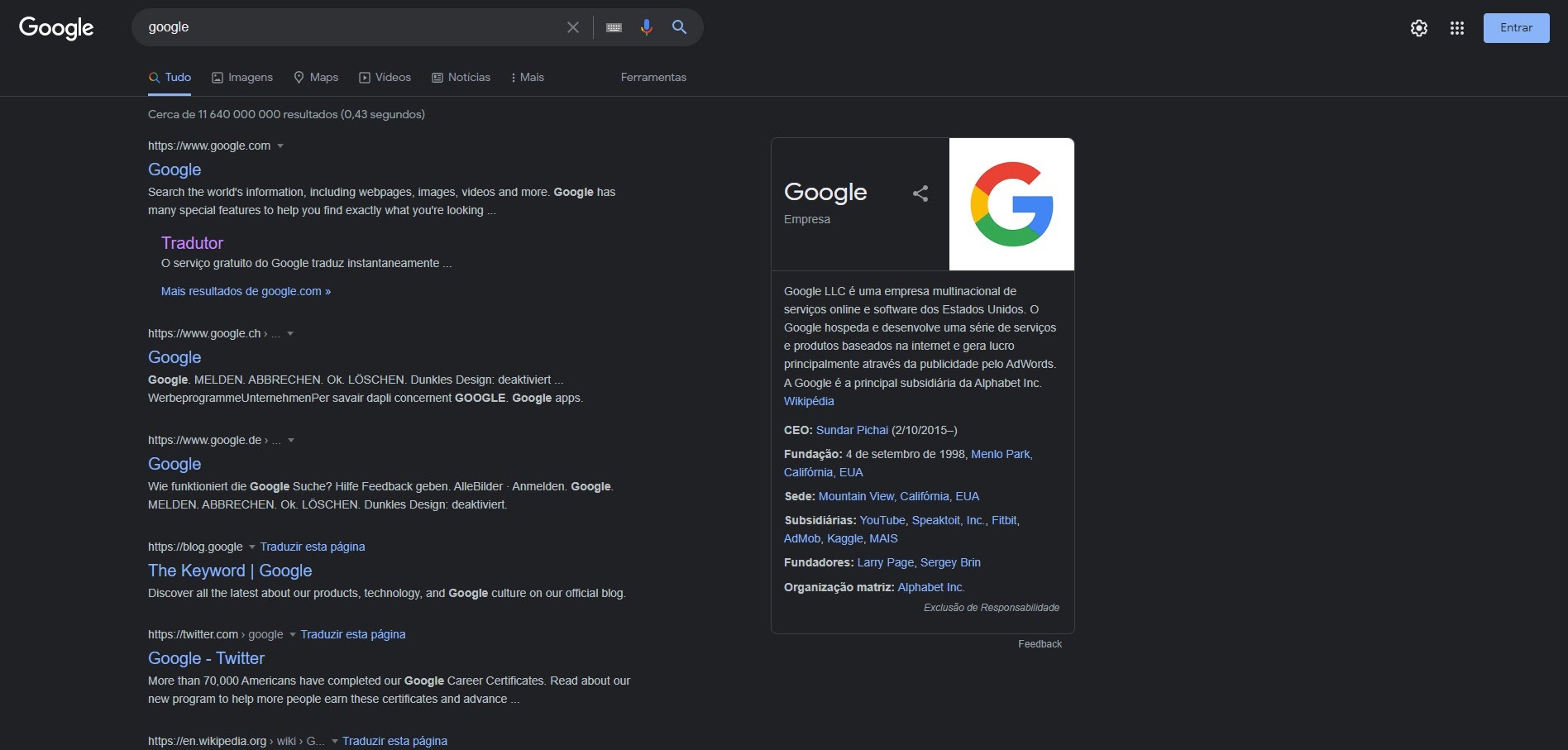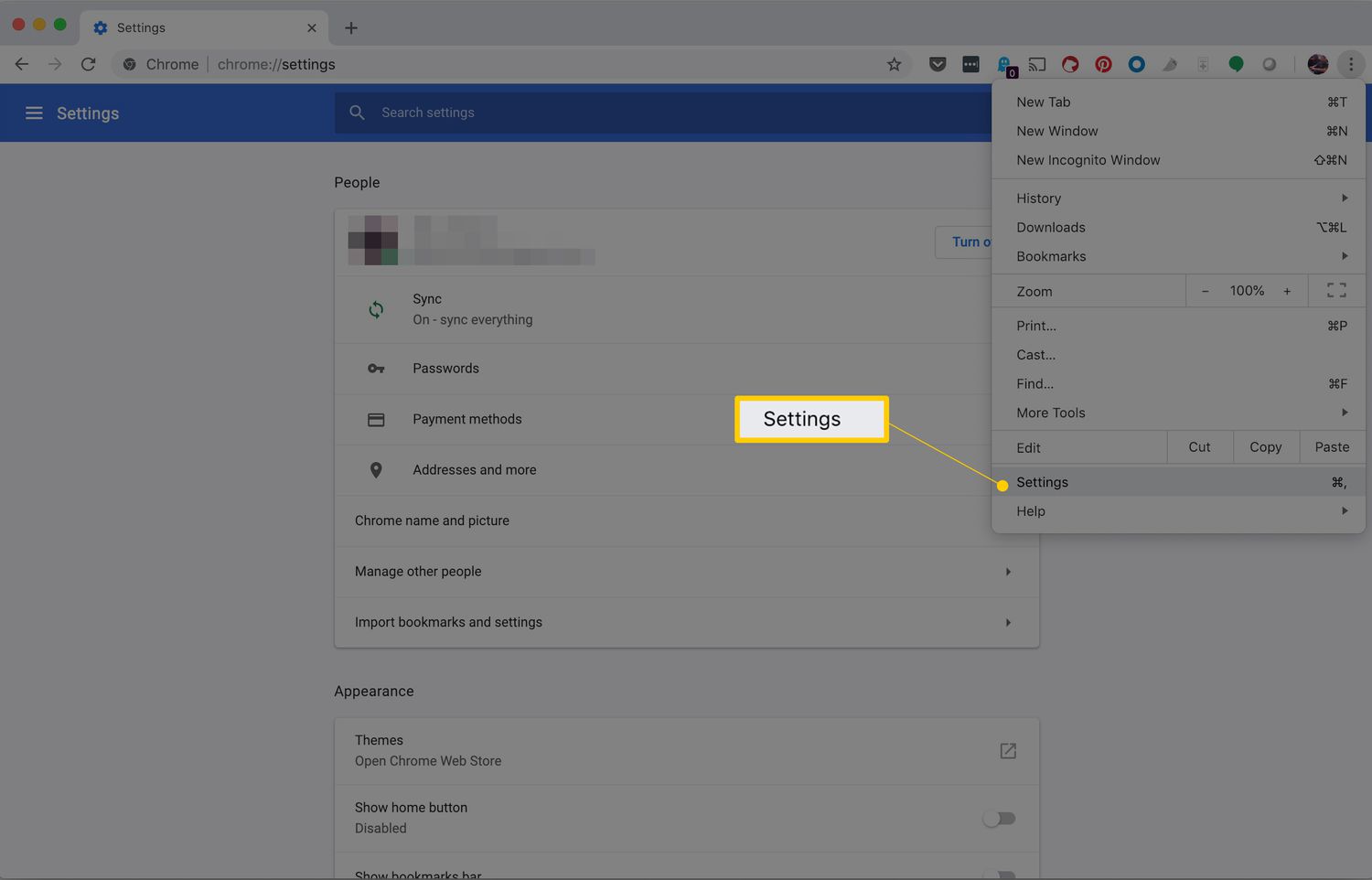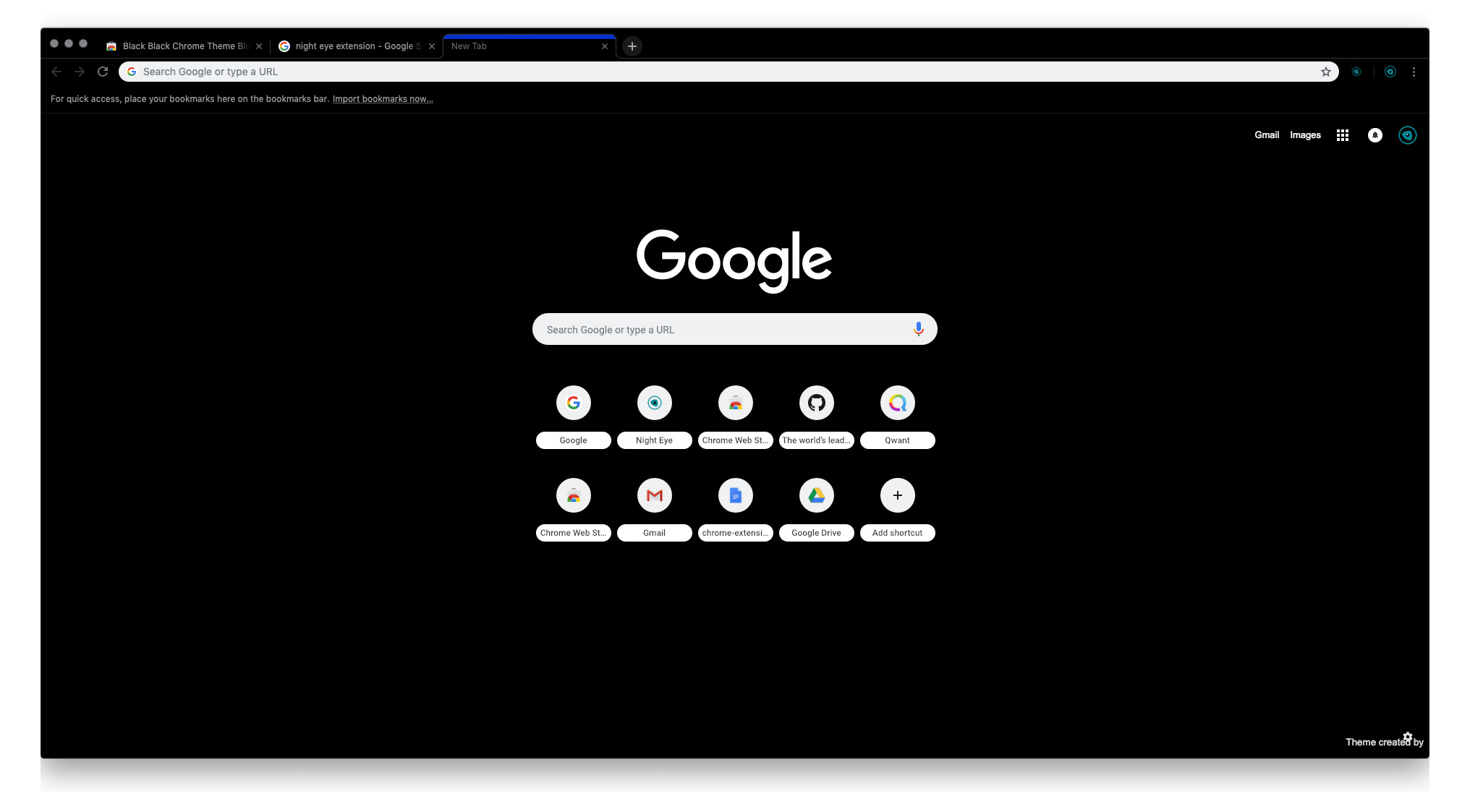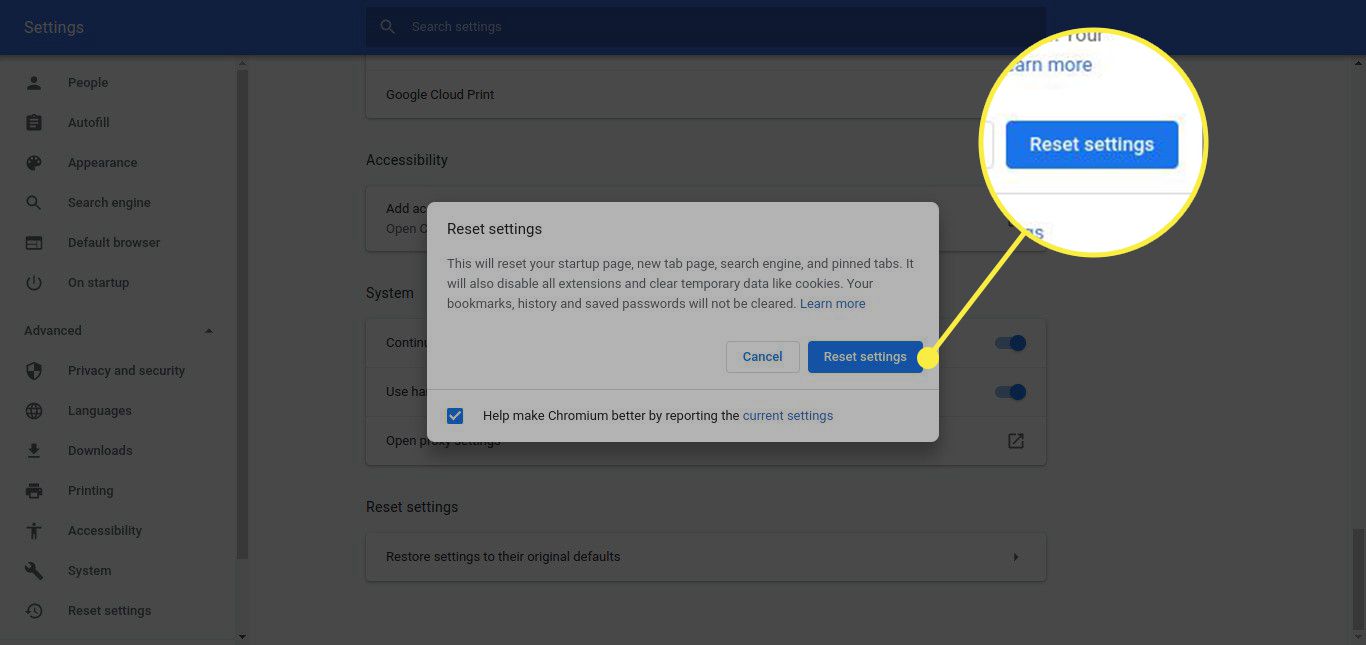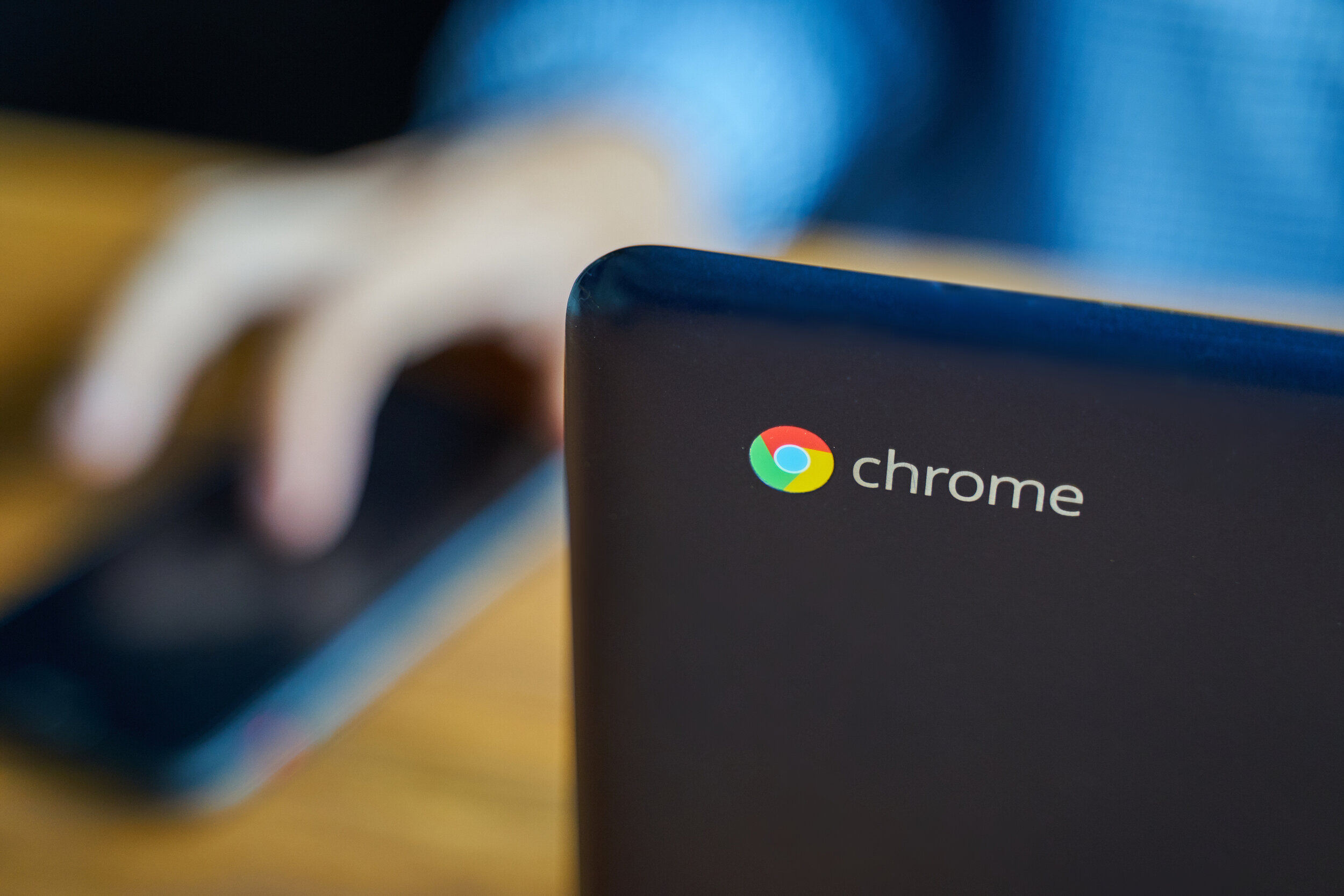Introduction
Google Chrome is a widely popular web browser known for its speed, simplicity, and user-friendly interface. However, encountering unexpected issues with the browser, such as it turning black, can be frustrating and perplexing. When you open Chrome and find that the once familiar and vibrant interface has been replaced by a disconcerting black screen, it's natural to wonder what could have caused this sudden change.
The black screen issue in Google Chrome can manifest in various ways, such as the entire browser window turning black, specific web pages displaying as black, or the browser crashing and becoming unresponsive. This perplexing phenomenon can disrupt your browsing experience and hinder your ability to access essential websites and online resources.
Understanding the potential reasons behind Google Chrome turning black is the first step toward resolving this issue and restoring the browser to its optimal functionality. Whether it's due to a glitch in the browser's settings, conflicts with extensions, or underlying system issues, identifying the root cause is crucial for implementing an effective solution.
In the following sections, we will explore the possible causes of Google Chrome turning black and provide actionable steps to address this issue. By gaining insight into the underlying factors contributing to this unexpected behavior, you can equip yourself with the knowledge needed to troubleshoot and resolve the black screen problem in Google Chrome. Let's delve into the intricacies of this perplexing issue and discover the solutions that can help you reclaim a seamless and enjoyable browsing experience.
Possible Causes of Google Chrome Turning Black
The black screen issue in Google Chrome can stem from various factors, ranging from software conflicts to underlying system issues. Understanding the potential causes behind this perplexing phenomenon is essential for effectively troubleshooting and resolving the problem. Here are some of the possible reasons why Google Chrome may turn black:
-
Graphics Hardware Acceleration: Google Chrome utilizes hardware acceleration to enhance the browsing experience by offloading certain tasks to the GPU. However, issues with the graphics hardware acceleration feature can lead to the browser displaying a black screen. This can occur due to incompatible GPU drivers, hardware malfunctions, or conflicts with the browser's rendering processes.
-
Corrupted Browser Cache and Cookies: Over time, the accumulation of corrupted cache and cookies in Google Chrome can lead to unexpected display issues, including the browser window turning black. When the cache and cookies become corrupted, it can disrupt the browser's ability to render web content accurately, resulting in visual anomalies such as black screens.
-
Conflicting Browser Extensions: Extensions and add-ons can significantly enhance the functionality of Google Chrome, but they can also introduce conflicts that lead to the browser turning black. Incompatibilities between certain extensions, outdated add-ons, or conflicts with browser updates can trigger display issues, causing the browser window or specific web pages to appear black.
-
Outdated Graphics Drivers: The graphics drivers installed on your computer play a crucial role in rendering visual elements within web browsers. Outdated or malfunctioning graphics drivers can lead to display anomalies, including Google Chrome turning black. Ensuring that your graphics drivers are up to date is essential for maintaining optimal browser performance.
-
System Resource Constraints: In some cases, resource constraints on the underlying system, such as insufficient memory or high CPU usage, can result in Google Chrome displaying a black screen. When the browser is unable to access the necessary resources to render web content, it may exhibit visual abnormalities, including black screens or unresponsive behavior.
By identifying the potential causes of Google Chrome turning black, you can gain valuable insights into the underlying factors contributing to this issue. Armed with this knowledge, you can proceed to implement targeted solutions to address the specific root cause affecting your browsing experience. In the subsequent section, we will explore actionable steps to fix the black screen issue in Google Chrome, empowering you to regain a seamless and enjoyable browsing experience.
How to Fix Google Chrome Turning Black
Resolving the black screen issue in Google Chrome requires a systematic approach to address the potential causes and implement targeted solutions. By following the actionable steps outlined below, you can effectively troubleshoot and fix the problem, restoring the browser to its optimal functionality.
1. Disable Hardware Acceleration:
Disabling hardware acceleration in Google Chrome can help mitigate display issues, including the browser turning black. To do this, navigate to the browser's settings by clicking on the three-dot menu icon and selecting "Settings." Then, scroll down and click on "Advanced" to expand the advanced settings. Under the "System" section, toggle off the "Use hardware acceleration when available" option. Relaunch Chrome to see if the black screen issue persists.
2. Clear Browser Cache and Cookies:
Clearing the accumulated cache and cookies in Google Chrome can alleviate display anomalies, including black screens. Access the browser's settings, navigate to the "Privacy and security" section, and click on "Clear browsing data." Select the option to clear cached images and files as well as cookies and other site data. After clearing the data, restart the browser and assess whether the black screen problem has been resolved.
3. Disable or Remove Conflicting Extensions:
Conflicting browser extensions can contribute to the black screen issue in Google Chrome. To address this, access the browser's extensions by typing "chrome://extensions/" in the address bar. Disable all extensions and then re-enable them one by one, relaunching the browser each time, to identify the extension causing the problem. Alternatively, consider removing outdated or unnecessary extensions to mitigate conflicts.
4. Update Graphics Drivers:
Ensuring that your computer's graphics drivers are up to date is crucial for resolving display anomalies in Google Chrome. Visit the website of your graphics card manufacturer to download and install the latest drivers compatible with your system. After updating the graphics drivers, restart your computer and check if the black screen issue persists in Chrome.
5. Monitor System Resources:
Keep an eye on your system's resource utilization, such as memory and CPU usage, while using Google Chrome. If resource constraints are identified as a contributing factor to the black screen problem, consider closing unnecessary applications and tabs to free up system resources. Additionally, consider upgrading your system's hardware if resource constraints persist.
By implementing these targeted solutions, you can effectively address the black screen issue in Google Chrome, restoring the browser to its optimal state. It's important to approach each solution methodically and test the browser after each step to identify the specific remedy for the problem. With a systematic troubleshooting approach, you can reclaim a seamless and enjoyable browsing experience in Google Chrome.
Conclusion
In conclusion, the perplexing issue of Google Chrome turning black can disrupt the browsing experience and hinder access to essential web content. By delving into the potential causes of this unexpected behavior and exploring actionable solutions, users can effectively troubleshoot and resolve the black screen problem, restoring the browser to its optimal functionality.
Understanding the multifaceted nature of the black screen issue in Google Chrome is essential for implementing targeted solutions. From graphics hardware acceleration and corrupted browser cache to conflicting extensions and outdated graphics drivers, the potential causes are diverse and require a systematic approach to address effectively.
By disabling hardware acceleration, users can mitigate display issues and assess whether the black screen problem persists. Clearing the accumulated cache and cookies in Google Chrome is another crucial step, as it can alleviate visual anomalies and restore the browser's rendering capabilities. Additionally, identifying and addressing conflicting browser extensions, updating graphics drivers, and monitoring system resources are integral parts of the troubleshooting process.
It's important to approach each solution methodically and test the browser after each step to identify the specific remedy for the black screen issue. By following the outlined steps and leveraging the insights gained from understanding the potential causes, users can navigate the complexities of this issue and reclaim a seamless and enjoyable browsing experience in Google Chrome.
Ultimately, the journey to resolve the black screen problem in Google Chrome is a testament to the resilience and adaptability of users in the digital realm. Armed with the knowledge and tools to troubleshoot and address unexpected browser behavior, individuals can overcome challenges and optimize their online interactions. As technology continues to evolve, the ability to navigate and resolve such issues empowers users to harness the full potential of web browsers and embrace the boundless opportunities of the digital landscape.
In the ever-changing landscape of technology, the ability to troubleshoot and resolve issues in web browsers such as Google Chrome is a testament to the resilience and adaptability of users in the digital realm. By leveraging the insights gained from understanding the potential causes and implementing targeted solutions, individuals can overcome challenges and optimize their online interactions, ultimately reclaiming a seamless and enjoyable browsing experience.







